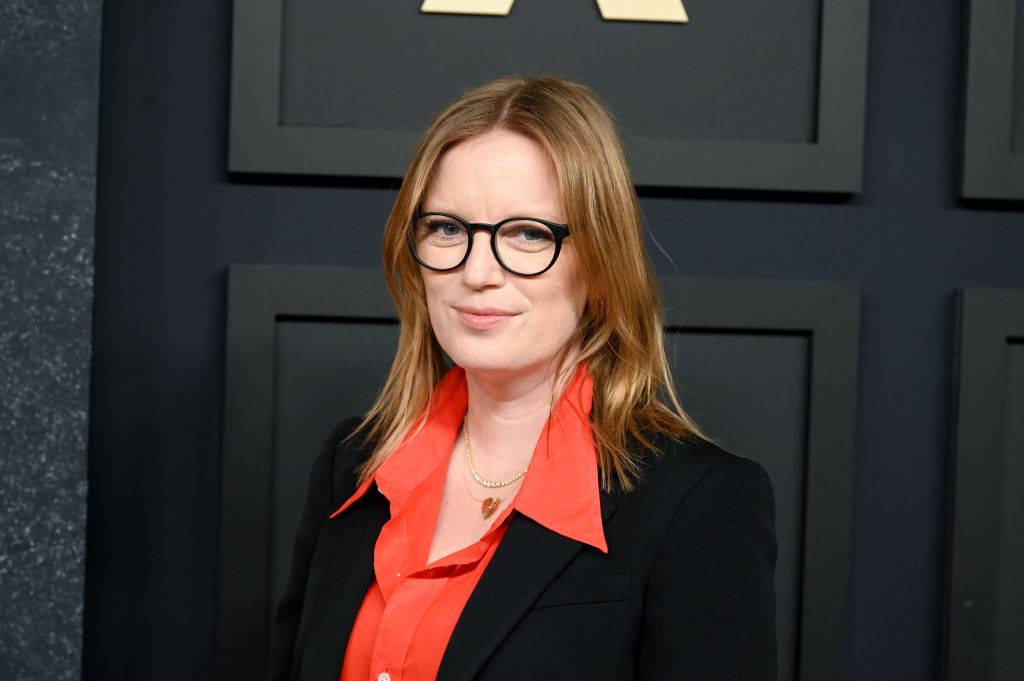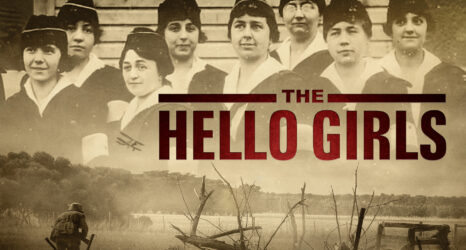Women and nonbinary filmmakers still face considerable obstacles for when attempting to break the glass ceiling of storytelling on the big screen.

The Oscars failed to nominate any women for directing this year, following two consecutive years of women winning the category.
Not for the first time, this weekend’s Oscar awards have generated headlines about the lack of diversity among nominees—notably, this year, no women were nominated for Best Director. It’s not a new problem—in fact, in the Academy’s 94-year history, it’s nominated just seven women in the category. Women telling nonfiction stories in the Best Documentary category fared better—historically, that has often been the case—but whether the stories told are fiction or nonfiction, there continue to be considerable obstacles for women and nonbinary filmmakers when attempting to break the glass ceiling of storytelling on the big screen. This weekend’s awards ceremony only highlights how much further we still have to go.
As the head of an organization dedicated to lifting up women and nonbinary documentary filmmakers through funding, resources and mentorship, I can affirm that the odds can seem daunting. A recent study showed that white men helm two-thirds of documentary films. Further, the films they create primarily focus on white male protagonists—three out of every four films led by white male directors focus on white male subjects, leading to a sobering reality: The nonfiction stories produced are primarily led by and focused on white men.
Now consider what stories aren’t getting told—are they stories about the high pregnancy-related mortality rates for Black and Indigenous women in the U.S.? About transphobic policies in public schools? About the nightmare impact of the war in Ukraine on women and children?
Why is this the case? Often, the first challenges for a woman hoping to make it as a filmmaker are financial. Even today, in 2023, only a few women can work full-time as nonfiction filmmakers. It’s common for nonfiction filmmakers, male or female, to bootstrap their first and second films, dipping into personal savings and securing funding through friends and family. Not surprisingly, not as many women have this financial freedom.
Today, women make up just over a quarter of filmmakers, and nonbinary directors make up less than 1 percent of documentary filmmakers. The damage to the broader landscape is twofold—not only are their stories, lived experiences and voices excluded from our cultural landscape, but women in the industry are denied employment opportunities in other critical positions throughout the filmmaking process.
The work to disrupt the white male-dominated documentary film landscape starts with addressing economic injustice.
For opportunities behind the camera, women and nonbinary people are passed over as editors, composers, cinematographers and writers. The hiring landscape in male-directed films is abysmal. The annual Celluloid Ceiling report, which has annually tracked women’s employment on the 250 top-grossing films for the past 25 years, reports that in 2022, women account for just 19 percent of editors, 6 percent of composers, 4 percent of cinematographers and 12 percent of writers.
Prioritizing women filmmakers and directors can significantly alter the current exclusionary landscape. Where women lead, they make opportunities for others. On women-directed sets, women make up 39 percent of editors, 18 percent of composers, 19 percent of cinematographers, and 53 percent of writers. The reality of women and nonbinary filmmakers helming documentary films reverberates far beyond their respective representation.
So how do we address this historic imbalance? There are no quick answers, of course. Still, the work to disrupt the white male-dominated documentary film landscape starts with addressing economic injustice, specifically helping women and nonbinary filmmakers continue to navigate barriers when having their projects funded.

That doesn’t always mean funding for a new production assistant. For some women, that may mean access to childcare or the freedom to quit a second job. On the other hand, it may mean a critical introduction to a mentor or a fellow filmmaker in a related field.
We also must provide financial support to women and nonbinary filmmakers of the global majority—since only 7 percent of women directors are BIPOC documentary filmmakers. This support must address not just economic and gender injustice, but racial injustice in the film landscape as well.
As you celebrate this year’s Academy Award winners, let this be an acknowledgment of the challenges the women nominated overcame and a reminder that there are many women and nonbinary filmmakers still fighting to be heard. It will take many of us fighting against these barriers to ensure that women, nonbinary people and other marginalized communities can keep telling their stories.
Up next:
U.S. democracy is at a dangerous inflection point—from the demise of abortion rights, to a lack of pay equity and parental leave, to skyrocketing maternal mortality, and attacks on trans health. Left unchecked, these crises will lead to wider gaps in political participation and representation. For 50 years, Ms. has been forging feminist journalism—reporting, rebelling and truth-telling from the front-lines, championing the Equal Rights Amendment, and centering the stories of those most impacted. With all that’s at stake for equality, we are redoubling our commitment for the next 50 years. In turn, we need your help, Support Ms. today with a donation—any amount that is meaningful to you. For as little as $5 each month, you’ll receive the print magazine along with our e-newsletters, action alerts, and invitations to Ms. Studios events and podcasts. We are grateful for your loyalty and ferocity.





